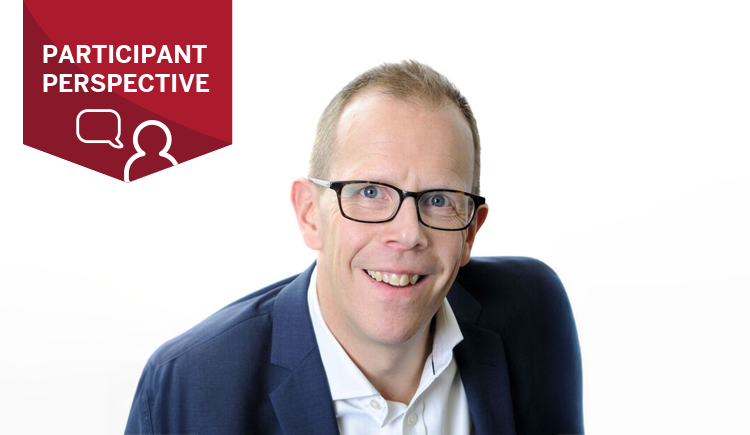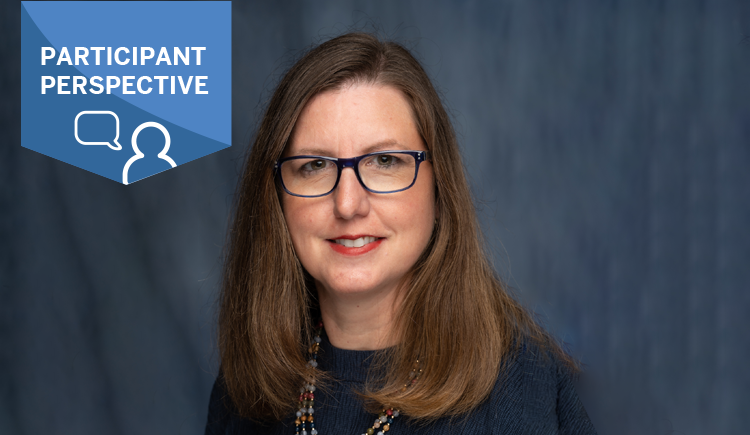
In June 2017, Harvard Medical School launched a groundbreaking pediatrics program in collaboration with University College London (UCL) Great Ormond Street Institute of Child Health (ICH). This summer, the postgraduate medical education program in Pediatric Leadership has graduated its first cohort.
Designed to bridge the gap between medical education and leadership training for pediatric researchers, clinicians, and physicians, the non-accredited certificate program gives students from around the globe access to the leading authorities in pediatrics–from their professors to their cohort peers.
“It’s for the person who wants to take his or her career in pediatrics and ascend to a leadership position,” says program director Dr. Phillip Pearl, director of epilepsy and clinical neurophysiology at Boston Children’s Hospital and the William G. Lennox chair and professor of neurology at Harvard Medical School.
“Our students are people who are already running hospitals. Some of them are at the management level of hospitals, and they’re still getting something out of this program.”
A truly unique experience with unparalleled access to education and training from two world-renowned institutions, the program is relevant and applicable for not only physicians who want to become leaders in pediatrics, but also those who already hold leadership roles in their organizations.
“There isn’t any equivalent program,” says Professor Paul Winyard, a core faculty member of the Pediatric Leadership Program and a professor at University College London. “It draws people from all over the world and serves everyone, whereas most programs are just serving people in one country.”
Educated at both Cambridge and Oxford Universities, Winyard is the professor of pediatric education at University College London’s Great Ormond Street Institute of Child Health (ICH), director iBSc and MSc in pediatrics and child health, honorary consultant in pediatric nephrology, and honorary consultant in the fetal medicine unit at University College London Hospitals.
Winyard recently became president of the Academic Pediatrics Association Great Britain and Ireland and is trained in pediatric nephrology, with research focusing on kidney development and congenital renal malformations. He had already developed several academic training programs in pediatrics in the United Kingdom when he began collaborating with Dr. Ajay K. Singh, Senior Associate Dean for Postgraduate Medical Education at Harvard Medical School, to develop the Pediatric Leadership Program.
The one-year program fills a gap in the training and education of physicians between their early years of medical school and their advancement into residency and future leadership roles. With a critical eye to developing students into professionals who can lead their organizations in pediatric medicine, the program is a unique combination of on-demand lectures, live webinars, and in-person workshops that emphasize the themes of quality and safety, leadership, global health, simulation, technology, and medical humanities.
The program will seat its 2018–2019 cohort this December. Applications are open now through November 9, 2018.
The Leadership Deficit
Traditional medical education focuses on teaching students how to diagnose and treat illness, but it glosses over the critical skills that turn physicians into great physicians who can lead—physicians who can advocate for their staff, identify opportunities to improve patient care, and navigate difficult situations like budget negotiations or employee conflicts.
“You’re taught how to manage a chronic disease or treat illness,” says Winyard. “But you’re not taught how to manage your budget, change practice when new things are developed, manage your career, or develop better services.”
As pediatricians rise through the ranks in their organizations, they can find themselves without the prior training or experience that makes them feel confident and competent in the growing administrative and interpersonal requirements of their new roles.
The impact is tangible, probably more so in the climate of health care in the United States, where doctors often lament that medicine has been handed over to administrators rather than to doctors.
Winyard agrees. “If you don’t learn to be a leader and a manager,” he points out, “someone else who isn’t a pediatrician and doesn’t know anything about pediatrics will do it, and you won’t get the right services.”
That’s where the Pediatric Leadership Program steps in, teaching concepts like self-awareness; different leadership styles; ways to assess improvements in practice; and how to negotiate and deal with conflict. And the application isn’t just theoretical. In the workshop components, participants have a safe space to practice the leadership and negotiation skills they’re learning through role play, working through scenarios in groups, and learning from the successes or pain points of their peers in the cohort.
Breaking the Access Barrier
In traditional educational models, students move through coursework in lock-step with peers of the same experience and educational attainment. For medical students, this means they could advance into practice without access to a diversity of experience or the nuanced perspective of age. As they take on leadership roles, they may do so without exposure to effective and inclusive management or leadership models.
The Pediatric Leadership Program shatters that mold, mixing participants of all ages and years of practice, who qualified for residency from 2 to 20 years ago and treating them as equals.
It’s one of the most beneficial components of the program. Winyard notes that younger participants meet and learn from peers who are more experienced, benefitting from their examples of failure or success in a variety of circumstances. “It is very noticeable that most successful leaders are equally happy talking about their setbacks as their victories. Indeed it is often the learning generated from failure that drives future success” he says.
What benefit do the older members gain from their younger peers? “Their enthusiasm,” Winyard jokes. “Really, the older participants get a fresh approach that makes them think differently. They’ve changed things in their own institutions based on what they’ve learned here.” He recounts one participant in particular in his late 50s who estimates that he’ll save his institution over $1.5 million each year by changing outdated processes for bed cleaning and sanitation.
The program adds special emphasis on the hot topic of professional burn-out. Pearl explains, “We are taking if you will, a holistic approach to this ubiquitous problem. We have faculty with expertise in resilience and using narrative medicine to reflect and recharge physicians and other health care managers and leaders. We have developed a special curriculum in medical humanities. For example, there are engaging presentations on the neurological basis of creativity, the interactions between the history of the cultural arts and medicine, and even a special tour of the Museum of Fine Arts in Boston to explore the unique cerebral process of synesthesia, or the blending of the senses, in the great masterpieces of art.”
The program also breaks down barriers of geographic access. Winyard acknowledges that many pediatric physicians are probably stuck in small hospitals or community practices without avenues to advance themselves. In many of those organizations, financial limitations can mean disadvantages in advanced technology, training, or career advancement. The Pediatric Leadership Program gives them access to high-quality instructors and coursework—a Harvard education—irrespective of where they work.
They’ll learn to develop skills in quality and safety, leadership, global health, and frontiers of pediatric clinical practice while discussing controversial and cutting-edge topics with expert panelists. Ultimately, they’ll receive faculty guidance on an individual project that solves a real-world issue in pediatrics.
“We’re emphasizing these aspects that none of us are trained informally, but wish we were,” says Pearl, Past President of the Professors of Child Neurology and President-Elect of the Child Neurology Society.
As the first cohort of participants graduated in June, Winyard reflected on the program’s remarkable impact.
“You can palpably see the confidence of the students increase throughout the course,” he says. “You can see them come out of their shells. Those who were reluctant to participate in the beginning suddenly put their hands up in class. You can see them become leaders.”
Winyard hopes that physicians who wonder if the program would be a good fit for them will make the commitment. “Just do it,” he encourages. “There’s something in this course for all, whether on a junior or senior level. I believe that anyone who completes the course will benefit from it.”


